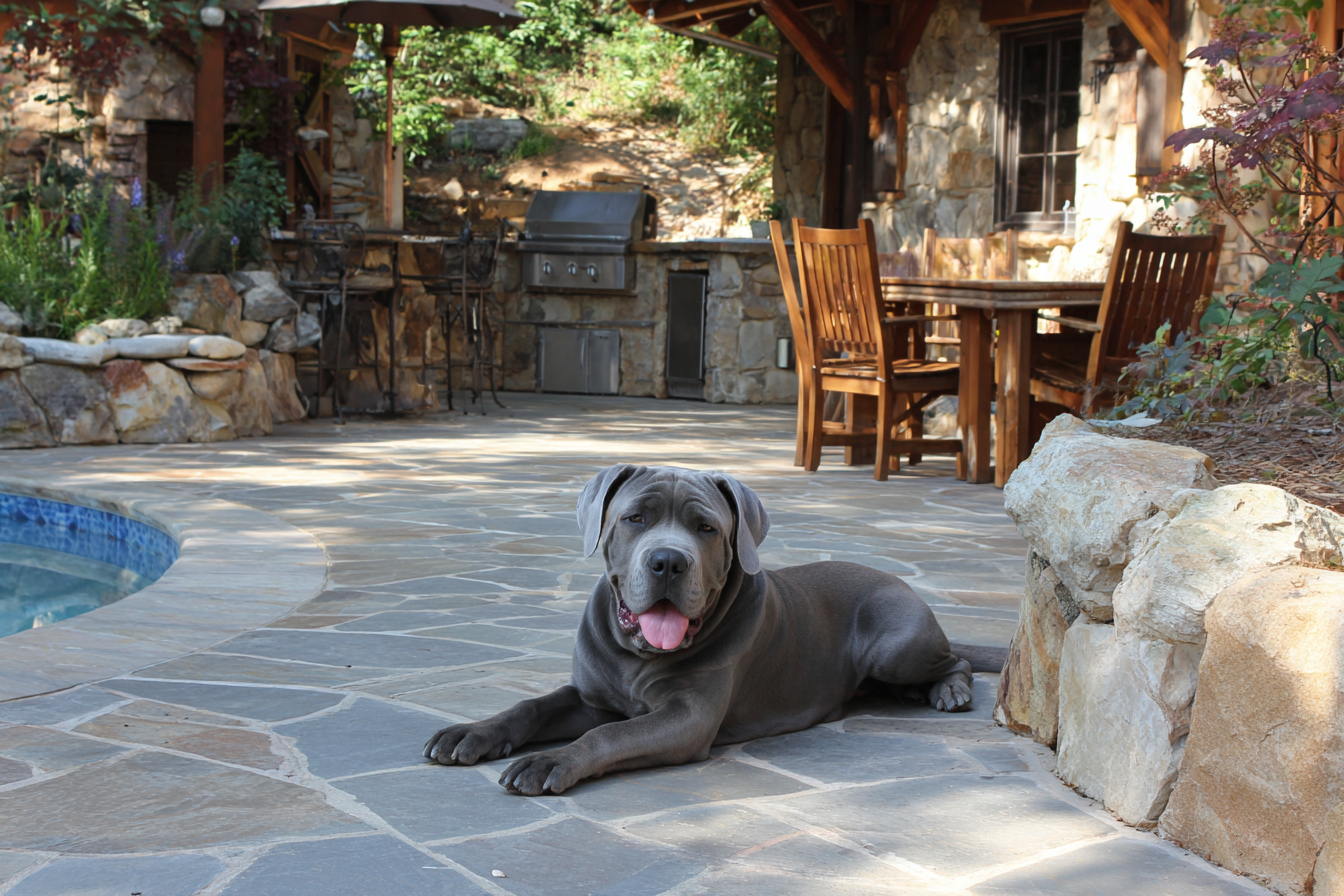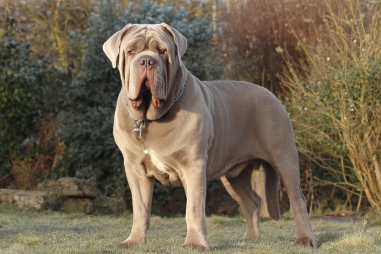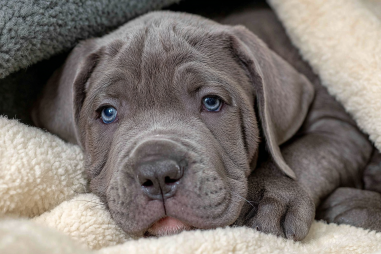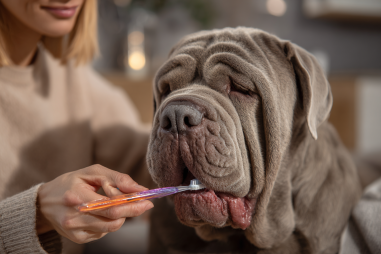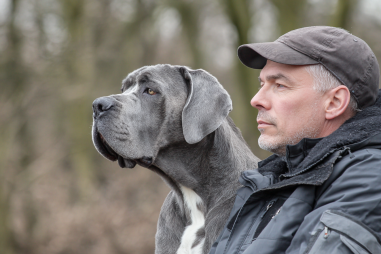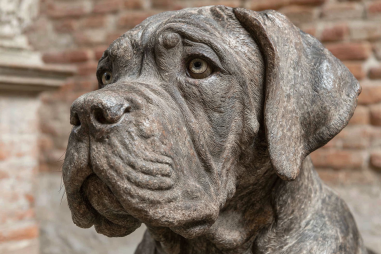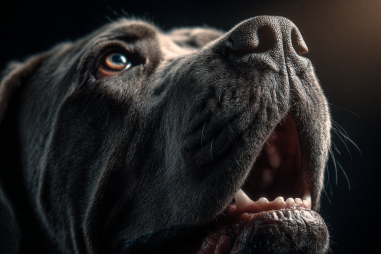Welcoming a Neapolitan Mastiff into your home means ensuring that their living environment suits their unique needs. Known for their massive size, distinctive appearance, and loyal nature, these gentle giants thrive best when their surroundings accommodate both their physical and emotional requirements. Whether you’re a first-time owner or looking to optimize your current setup, understanding the ideal living environment for your Neapolitan Mastiff is key to their comfort, happiness, and overall well-being.
Space Requirements for Large Breed Dogs
Neapolitan Mastiffs are enormous dogs, often weighing between 110 to 150 pounds or more. Because of their size, they require ample space to move comfortably without feeling cramped. Keeping a Neapolitan Mastiff in a small apartment or confined space can lead to stress and physical issues due to lack of mobility.
Ideally, owners should provide a large indoor living area where the dog can lie down fully stretched out and easily turn around. Rooms with spacious floor plans or homes with dedicated dog’s areas are perfect. Additionally, a securely fenced outdoor yard is highly recommended, as these dogs benefit from having space to roam and patrol. A yard of at least several hundred square feet can work well, allowing the Mastiff to explore and expend energy safely.
Safety Considerations for Indoors and Outdoors
Safety is paramount for a breed as large and powerful as the Neapolitan Mastiff. Indoors, this means removing or securing items that could be chewed on or knocked over. Furniture with sharp edges should be avoided or padded, as the Mastiff’s massive size makes accidental bumps a regular occurrence. Providing sturdy ramps or steps helps prevent strain or injury when they get on and off furniture.
Outdoors, a high, robust fence is essential. Because they’re strong and territorial, a fence at least 6 feet tall is necessary to prevent escapes, especially where the Mastiff might feel the urge to patrol or chase. Gates should be secure and regularly checked for weaknesses. Also, eliminate toxic plants and hazardous materials from your yard to ensure the dog’s safety.
Climate and Shelter Needs
Neapolitan Mastiffs have loose, wrinkled skin and a short coat, making climate considerations important. They are generally better suited to moderate climates; extreme heat or cold can pose health risks. In hot weather, their wrinkles can trap moisture and dirt, leading to skin infections. Providing a cool, shaded area outdoors and fresh water is essential.
During winter or colder months, these dogs should have access to warm, insulated shelter if kept outside for periods. Indoors, maintaining a comfortable temperature will prevent discomfort and health issues. Neapolitan Mastiffs do not tolerate extreme temperatures well, so avoiding prolonged exposure to heat or cold is a priority to keep them safe and healthy.
Enrichment Ideas for Mental Stimulation
Mastiffs are known for their calm demeanor, but they still require mental stimulation to prevent boredom and behavioral problems. Bored dogs may become destructive or develop anxiety. Incorporate activities that engage their intellect and instincts, which can be fun for both owner and pet.
Here are some ideas for enrichment:
- Puzzle toys and treat dispensers: These challenge their problem-solving skills and keep them occupied.
- Training sessions: Even basic commands stimulate their mind and reinforce bonding.
- Interactive play: Games like tug-of-war or gentle fetch provide mental and physical outlets.
- Scent work or nose games: Encourage their natural scent-tracking abilities with hidden treats or toys around the home or yard.
- Socialization opportunities: Safely introducing them to other dogs and people helps keep their social skills sharp.
Coexistence with Family Members and Pets
Neapolitan Mastiffs are known to be incredibly loyal and protective of their families. However, their large size and strength mean that proper socialization from an early age is crucial. Teaching them to interact politely with children, visitors, and other pets ensures harmony at home.
When living with other pets, supervision is important initially. Though Mastiffs tend to be gentle giants, their territorial instincts and size can unintentionally intimidate smaller animals. Gradual introductions in neutral territory and positive reinforcement help build good relationships. Additionally, teaching family members how to safely and respectfully engage with the dog leads to a happy coexistence.
Maintaining Cleanliness and Hygiene
Due to their loose skin folds and size, Neapolitan Mastiffs can be prone to skin infections if hygiene is neglected. Regular cleaning of their wrinkles and ears helps prevent bacterial and fungal growth. Bathing should be done with mild, dog-specific shampoos and not too frequently to avoid drying their skin.
Indoors, frequent vacuuming and cleaning of dog hair and dander reduce allergens and maintain a fresh environment. Large dog beds or cushions should be washable to keep their resting place clean. Additionally, maintaining proper nail trimming and dental care is important for their overall health.
Outdoor areas where the Mastiff spends time should be cleaned regularly to avoid odors and parasite buildup. Removing waste promptly and inspecting the yard for hazards or pests contributes to a healthy living environment.
Creating a comfortable, safe, and stimulating living environment tailored to the needs of your Neapolitan Mastiff not only supports their physical health but also nurtures their emotional well-being. With the right space, care, and attention, your majestic Mastiff will thrive as a beloved member of your family for years to come.

